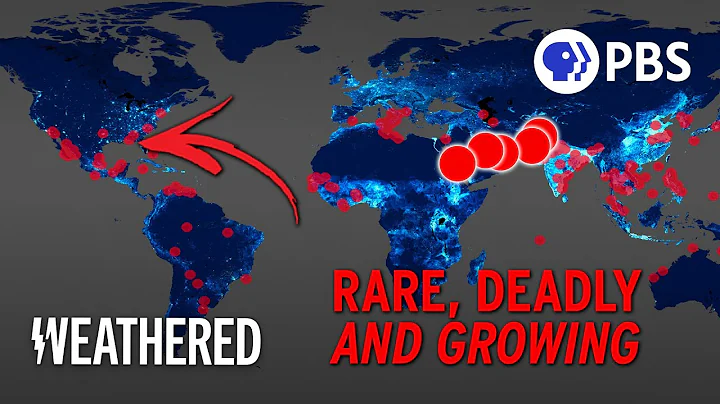Summer is the season with the highest temperature in the year. This hot temperature condition poses a great threat to the safe storage of hazardous chemicals. Therefore, when producing, transporting, and storing hazardous chemicals in summer, heat prevention and cooling must be done to avoid fire and explosion accidents.
Why do most fires involving hazardous chemicals occur in high temperature seasons? Thermal expansion and contraction are general physical phenomena of objects. The pressure inside the container increases. If it exceeds the pressure that the container can withstand, it will cause the container to malfunction or even burst. If the container is open and the liquid expands beyond its capacity, it will overflow and cause running, bubbling, dripping, and leaking. In order to prevent this from happening, in addition to taking heat prevention and cooling measures, filling must be carried out according to the prescribed filling factor. For gases, the expansion coefficient is even greater. Gases are generally stored in cylinders. As the temperature rises and the pressure becomes too high, the cylinders are in danger of exploding.
二 The rise in temperature speeds up the evaporation of liquids
The higher the temperature, the faster the flammable liquid evaporates, the greater the vapor concentration on the liquid surface, the greater the possibility of forming an explosive mixed gas with air, and the risk of fire and explosion increases. The bigger. The evaporation rates of different liquids vary depending on temperature, boiling point, specific gravity, and pressure. The ease with which a flammable liquid evaporates is expressed by its boiling point. The lower the boiling point, the more evaporative the liquid is. Some flammable liquids have very low boiling points. If the ambient temperature exceeds their boiling points, danger may easily occur.
三 Temperature rise accelerates oxidative decomposition and spontaneous combustion
Due to the influence of temperature, humidity and other environmental factors, many dangerous chemicals are easy to decompose when heated, releasing oxygen and even oxygen atoms , oxidizing other substances and releasing large amounts at the same time hot. If ventilation is poor and heat accumulates, the temperature will rise, which will speed up the oxidation rate, generate more heat, and prompt the temperature to continue to rise. When the temperature reaches the spontaneous ignition point of the substance, the substance will spontaneously ignite and catch fire.
To ensure the safety of hazardous chemical storage in summer and prevent accidents caused by temperature, the key is to prevent heat and cooling. There are six specific measures:

 Warehouses must be qualified
Warehouses must be qualified
Hazardous chemical warehouses should use non-heat-conducting refractory materials for roofs and walls. Insulation layer and eaves should be appropriately lengthened to prevent sunlight from entering the warehouse; warehouse walls should be appropriately thickened, windows should be kept open, indirect ventilation holes should be used, double-layer doors should be installed, and double-layer roofs should be installed; window glass should be painted blue or selected frosted glass .

2 Classified storage
Chemical dangerous goods are generally divided into explosive items, items that burn when exposed to water, self-igniting items, flammable solids, flammable and combustion-supporting gases, corrosive items, oxidants, etc. These items must be classified, stored in separate warehouses, pieces, and stored on separate shelves. It is strictly forbidden to mix items with conflicting properties, different fire-extinguishing methods, and likely to cause spontaneous combustion in one place. When storing items, the stacks should not be too high, too large, or too dense. There should be a certain distance between stacks, and between stacks and walls, columns, roof beams, and electric lights. Fire escapes should be left, and excess storage is not allowed.

3 Strictly control the temperature
Set up a water storage roof for the warehouse or set up cooling water pipes on the warehouse roof. When the temperature is above 30°C, spray water to cool down and keep the temperature in the warehouse below 28°C. Paving stone sacks on the warehouse roof can increase the heat insulation performance of the roof. You can also paint the warehouse roof, exterior walls and window glass white to use white to reflect sunlight, reduce the absorption of radiant heat, and achieve a cooling effect. Depending on the nature and packaging of the items, you can also pour well water and put ice cubes on the warehouse floor, and install air conditioners to cool down if possible.Some warehouses can open windows in the morning and evening for ventilation to let in cold air, and close the doors and windows at noon to prevent hot air from entering.

4 Open-air storage yards and storage tanks should be cooled
Barrels of flammable liquids should be placed in buildings to prevent direct sunlight. Under special circumstances, if temporary open-air storage is required, non-combustible materials should be used to build awnings , and sometimes leather pipes should be used to regularly spray water to cool down. A cooling device should be installed on the top of the storage tank. When the temperature reaches above 30°C, the cooling water pump is turned on to spray and cool down. The storage tank should not be overfilled. The barrel generally only holds 90% to 95% of the volume, leaving 5% to 10% of the volume space. This can prevent dangerous chemicals in the barrel from burning or exploding due to thermal expansion.

5 Install lightning protection facilities
Hazardous chemical warehouses are generally located in the edge areas of the unit or city, keeping a certain distance from other surrounding buildings. In this way, an open area is formed around the warehouse, which is prone to lightning strikes. Therefore, warehouses must install lightning protection devices to prevent fire accidents caused by lightning strikes.

6 Strengthen personnel management
Personnel who manage hazardous chemical warehouses must undergo safety training and pass the assessment, and hold a certificate to work. Warehouse management personnel should conduct regular inspections of the warehouse and resolve problems in a timely manner to ensure safety.





















